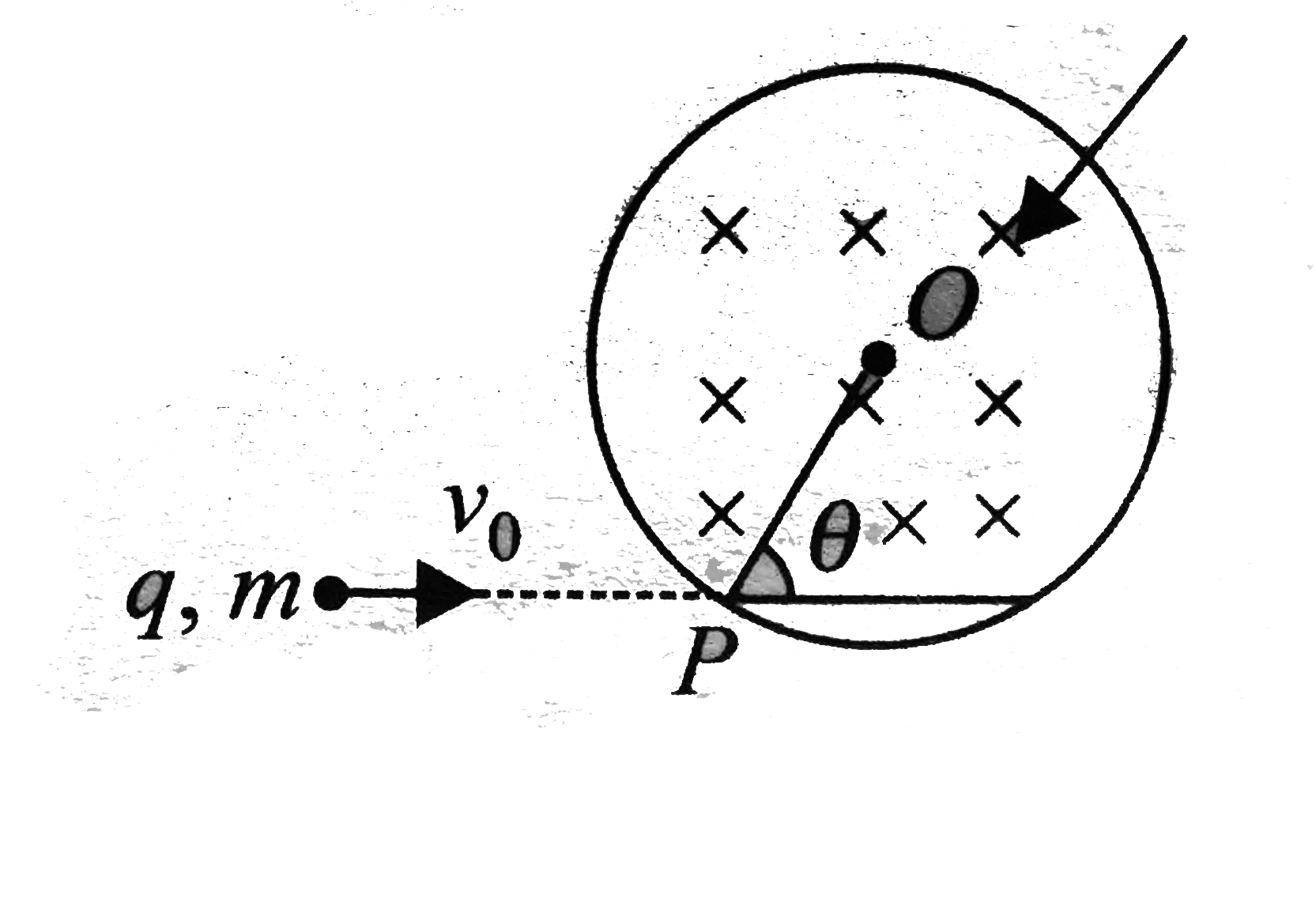A
B
C
D
Text Solution
Verified by Experts
The correct Answer is:
|
Topper's Solved these Questions
MAGNETIC FIELD AND MAGNETIC FORCES
CENGAGE PHYSICS|Exercise Exercises Multiple Correct|25 VideosView PlaylistMAGNETIC FIELD AND MAGNETIC FORCES
CENGAGE PHYSICS|Exercise Exercises Assertion -reasoning|8 VideosView PlaylistMAGNETIC FIELD AND MAGNETIC FORCES
CENGAGE PHYSICS|Exercise Exercises Subjective|10 VideosView PlaylistKINETIC THEORY
CENGAGE PHYSICS|Exercise Question Bank|31 VideosView PlaylistMagnetism and Matter
CENGAGE PHYSICS|Exercise Question Bank|50 VideosView Playlist
Similar Questions
Explore conceptually related problems
Knowledge Check
Similar Questions
Explore conceptually related problems
CENGAGE PHYSICS-MAGNETIC FIELD AND MAGNETIC FORCES-Exercises Single Correct
- A charged particle begins to move from the origin in a region which ha...
02:30
|
Play - Two metal strips of length l each are placed parallel to each other in...
02:41
|
Play - A particle of charge q and mass m is projected with a velocity v0 towa...
02:14
|
Playing Now - An electron moving with a speed u along the positive x-axis at y=0 ent...
01:00
|
Play - An electron is accelerated from rest through a potential difference V....
03:28
|
Play - A particle of charge q and mass m starts moving from the origin under ...
08:40
|
Play - A conducting rod of mass m and length l is placed over a smooth horizo...
02:45
|
Play - A particle of charge per unit mass alpha is released from origin with ...
07:26
|
Play - Let current i=2A be flowing in each part of a wire frame as shown in F...
03:42
|
Play - A charged particle enters a uniform magnetic field with velocity vecto...
02:43
|
Play - A charged particle of specific charge (charge/mass) alpha released fro...
04:30
|
Play - Two identical particles having the same mass m and charges +q and -q s...
06:22
|
Play - The plane of a rectangular loop of wire with sides 0.05 m and 0.08 m i...
02:53
|
Play - A loop of flexible conducting wire of length l lies in magnetic field ...
04:03
|
Play - A conducting rod of length l and mass m is moving down a smooth inclin...
02:21
|
Play - A square loop of wire carrying current I is lying in the plane of pape...
01:56
|
Play - A uniform current carrying ring of mass m and radius R is connected by...
03:22
|
Play - A circular coil having mass m is kept above ground (x-z plane) at some...
02:07
|
Play - A charged particle moving along +ve x-direction with a velocity v ente...
02:16
|
Play - In Fig. a coil of single turn is wound on a sphere of radius r and mas...
03:30
|
Play

 .
.